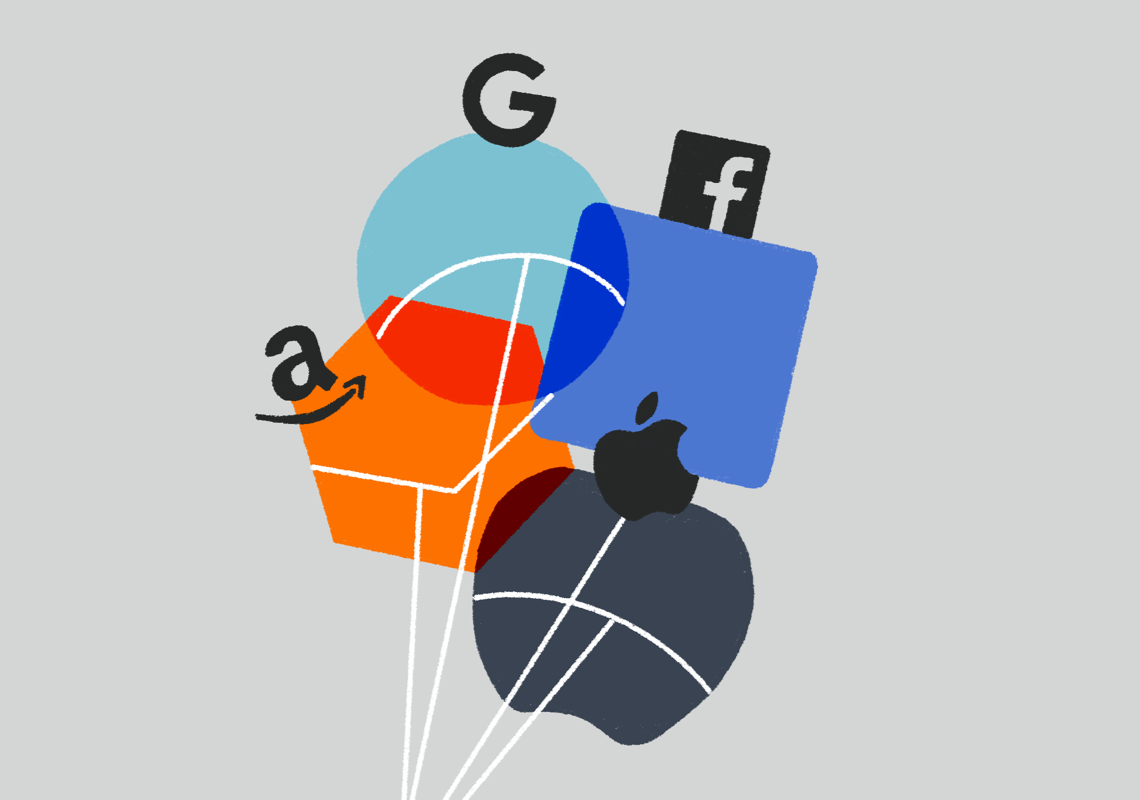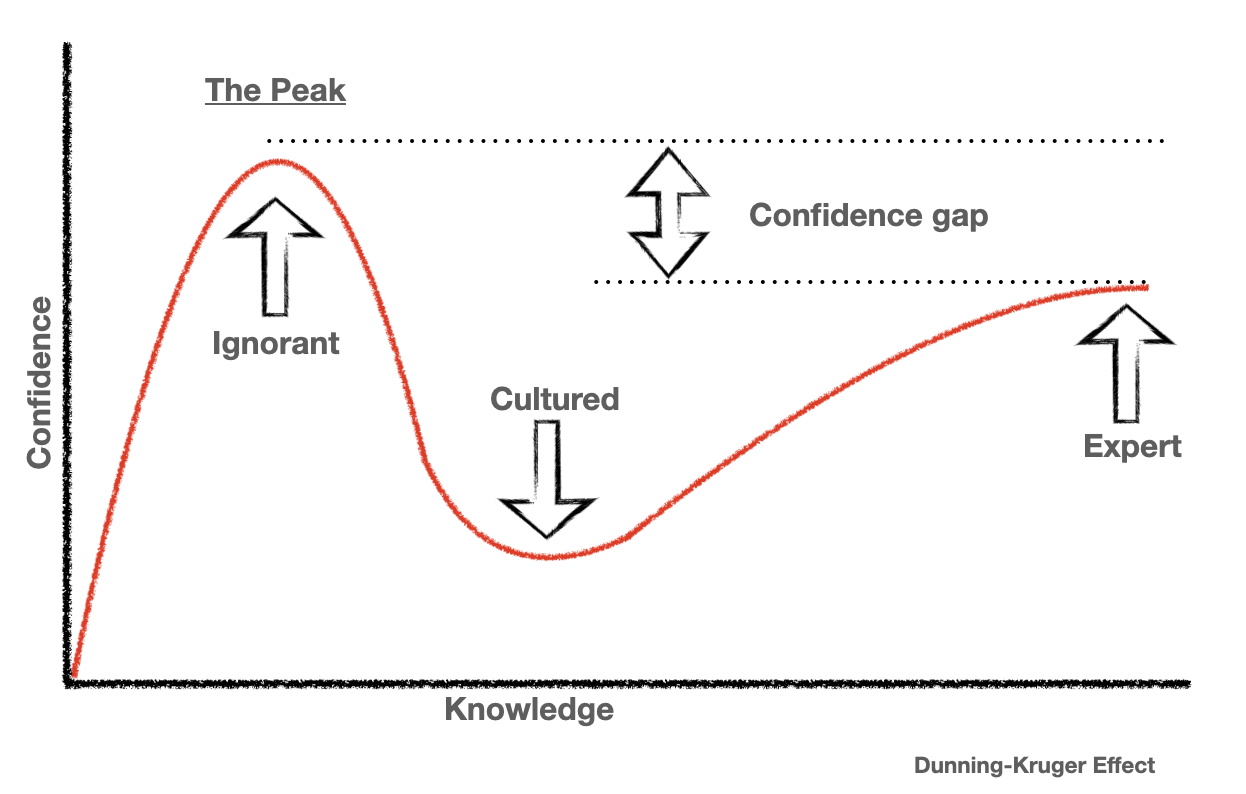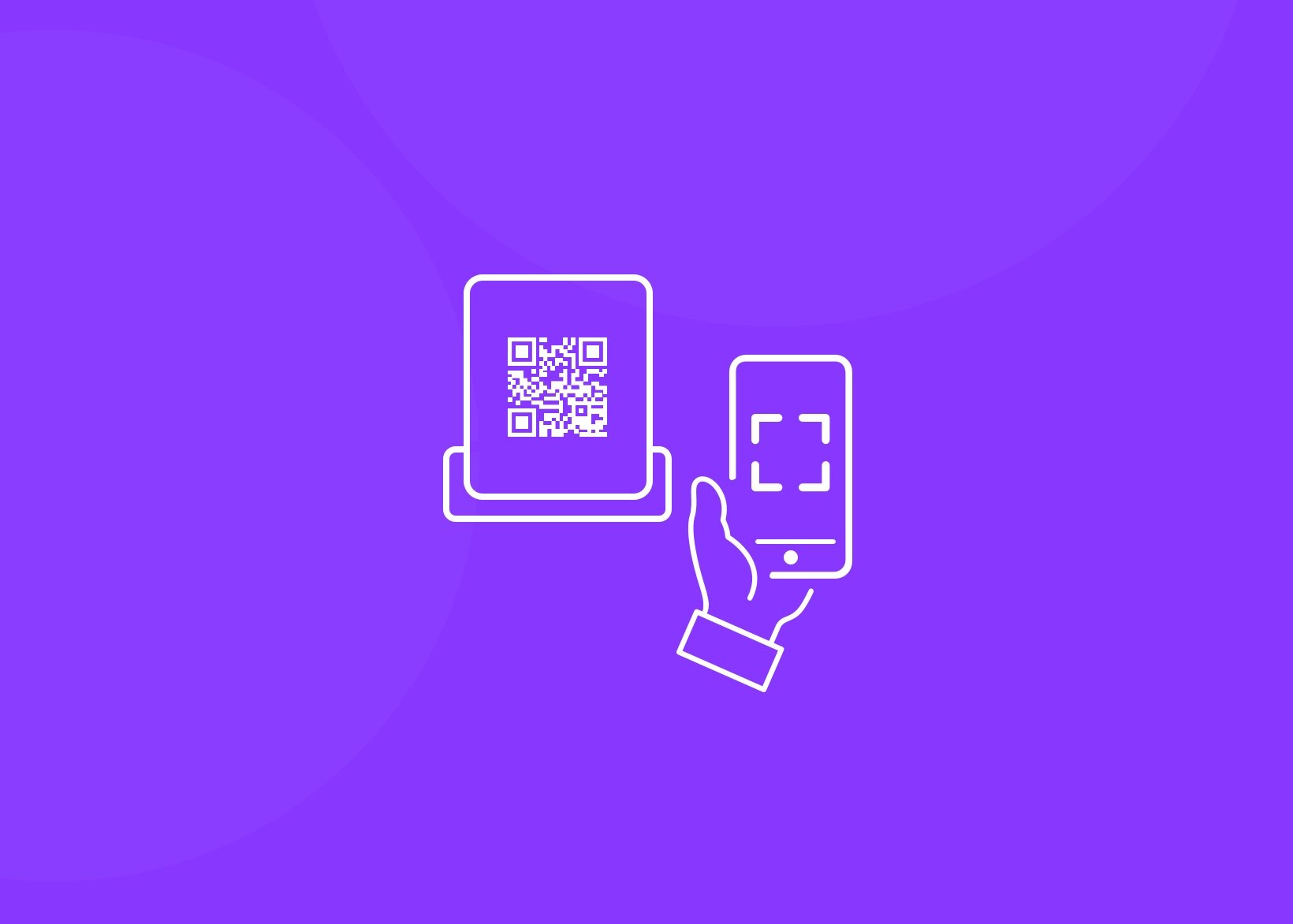With the implementation of the Open Banking directive and PSD2 (Payment Services Directive 2), there are many innovative fintech companies out there who are in the process of changing the financial playing field in Europe.
However, while the financial world has their focus on the actions of these fintech companies and the subsequent responses of the major banks, there is another set of players that could have a significant impact on the future of global banking - GAFA.
What is GAFA?
Ever heard of Google, Apple, Facebook and Amazon? Of course, you have. The acronym GAFA was coined in France as shorthand for the four biggest US-based tech companies dominating the world of internet, advertising and delivery services.
Although you may not associate these four major tech players with the financial industry just yet, that’s all about to change. Each tech giant has made significant investments over the years to their financial offerings, such as mobile wallets (Apple Pay and Facebook’s digital wallet ) and digital payment methods (via your Apple watch or Google Android phone).
Why would GAFA want to make a move into the financial world?
There are four key drivers for GAFA’s strategic move into the financial world.
- Unparalleled success in the sub-markets they have pursued in the past (Google’s advertising services, Facebook’s gaming platform, Amazon’s brick and mortar digital-supermarkets and Apple’s tech range).
- The large stockpiles of consumer data each company has on us.
- They already have a young consumer base who are becoming more and more receptive to non-traditional banks and methods of payment.
- The new Open Banking initiative.
GAFA and smaller fintechs all look to gain new financial opportunities through the implementation of PSD2 and the Open Banking Directive announced earlier this year. As a result, GAFA could have a much larger impact on the global banking environment than many people initially thought.
What makes GAFA a threat?
The initial reason for GAFA’s potential dominance in the financial sector is their innovate and preexistent positioning in their consumers’ lives.
With digital-driven millennials making up a large percentage of the global labour force, and most Generation X’ers conforming to a tech-centred lifestyle, GAFA has not only become a necessary part of the general consumer’s everyday routine but has also altered how the general consumer views their service providers.
Having spent years perfecting their consumer engagement models, each and every company that makes up GAFA is fully prepared to analyse their consumer’s data in order to understand their wants and needs, and subsequently, provide the proper products and or services that fulfil these needs.
This integrated and innovative positioning that GAFA has in their consumer’s lives, which comes from their effective and efficient engagement models and processes, poses a threat to the traditional banks of the financial world.
If, or when, GAFA extends themselves into the financial services sector, their preexistent positioning, as well as their analytical and engagement abilities, will give them a competitive advantage in terms of gaining, assisting and maintaining a strong consumer base.
The PSD2 Problem
While GAFA’s current positioning, analytical abilities, and engagement models make them a threat to banks and the financial services industry, it’s important to recognise the huge impact PSD2 and the Open Banking Directive will have on the success of these ventures.
While people initially thought that GAFA would apply for banking licenses, PSD2 and the Open Banking Directive has opened up the doors for these tech giants to disrupt the current financial services playing field.
In the past GAFA could only challenge the banks directly by becoming one in the same as them (for example, a partnership with a big bank or working as a subsidiary), now these technology behemoths can use their innovative ideas, teams and facilities to create new and improved financial services products for their established consumer base.
Some examples of these products include Apple Pay, Facebook’s P2P payment service in their messaging app, and Amazon’s plan to create online checking accounts for their users. While these products and services are innovative, they only scratch the surface of what these four companies could offer. It does not even come close to showing how much GAFA could impact the financial industry we know today.
What’s next?
In the eyes of the consumer, GAFA has the potential to bring new and innovative products to the financial services industry. However, in the eyes of the banks and traditional financial lenders, GAFA has the ability to take over their consumer base and overall market share.
With this in mind, the banks and traditional lenders are faced with a monumental choice: take the threat GAFA poses seriously and begins to innovate their product and service offerings in order to compete or ignore the blatant threats GAFA poses and deny necessary innovation.
On the other side of the spectrum, with the proper positioning, engagement models, and analytical abilities, as well as countless PSD2 backed opportunities at their fingertips, GAFA has everything they need to transition into, as well as become a major threat in, the financial services industry.
The only question now is when, how and what this new era of banking will look like.






